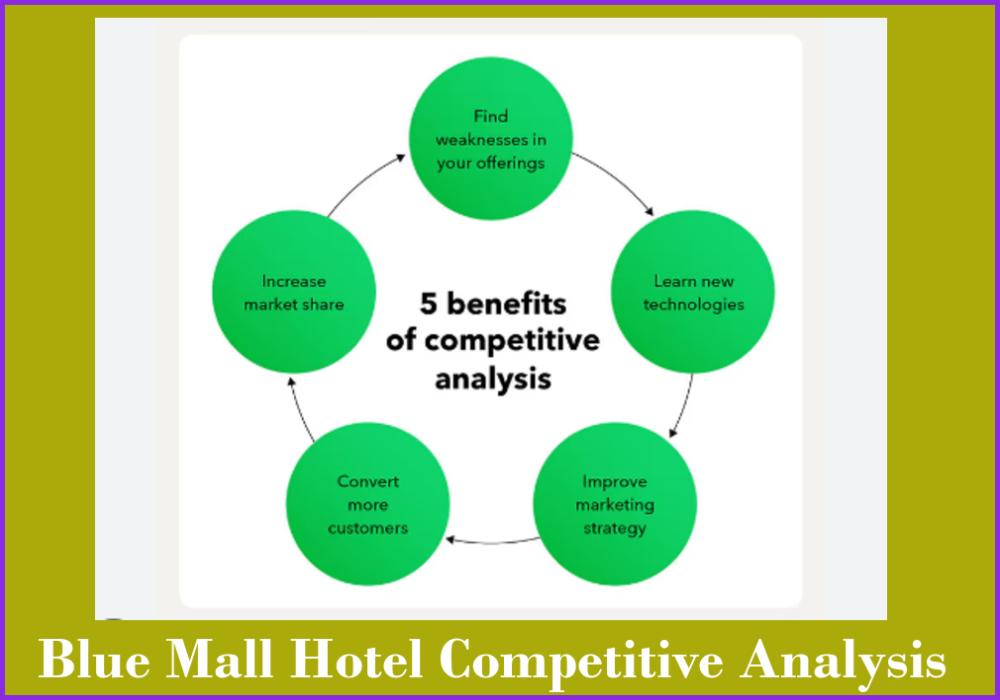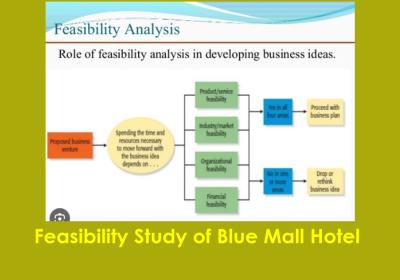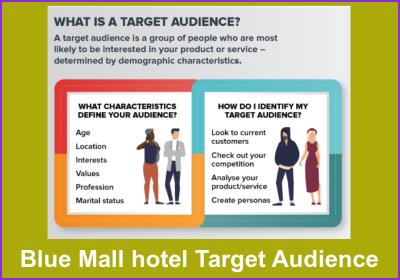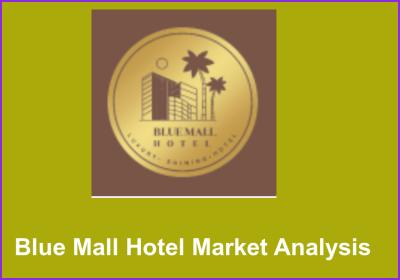What is Competitive Analysis?

A thorough competitive analysis helps you understand the landscape of the hospitality market in your area, allowing you to identify opportunities and strategies to differentiate your hotel. Here’s a detailed guide on how to conduct a competitive analysis:
Identify Competitors
- Direct Competitors: Hotels that offer similar services and target the same audience.
- Indirect Competitors: Other forms of accommodation like bed-and-breakfasts, hostels, vacation rentals, and even nearby luxury or budget hotels.
Competitor Profiling
- Basic Information: Name, location, size, and type of hotel (e.g., boutique, luxury, budget).
- Target Market: The primary audience they cater to (e.g., business travelers, families, couples).
- Room Types and Pricing: Types of rooms offered, average room rates, and any special packages or discounts.
Service and Amenities Analysis
- Room Features: Compare the in-room amenities like Wi-Fi, TV, minibars, and room service.
- Facilities: Evaluate common facilities such as restaurants, bars, gyms, pools, spas, conference rooms, and parking.
- Additional Services: Look at unique services like concierge, shuttle service, pet-friendly policies, and special events.
Marketing and Sales Strategies
- Online Presence: Assess the quality of their website, booking system, and mobile compatibility.
- Social Media: Examine their social media activity, follower engagement, and types of content posted.
- Advertising: Analyze their online and offline advertising efforts, including search engine marketing, social media ads, and print media.
- Promotions and Deals: Identify any promotional strategies, such as seasonal offers, loyalty programs, and partnerships with local businesses or events.
Customer Experience and Reputation
- Reviews and Ratings: Study customer reviews on platforms like TripAdvisor, Google, and booking websites to gauge overall satisfaction and common complaints.
- Feedback: Identify what guests praise and criticize most often.
- Response to Feedback: Assess how competitors respond to negative feedback and their approach to customer service.
Operational Efficiency
- Occupancy Rates: Research their average occupancy rates if available.
- Staffing: Evaluate their staffing levels, employee reviews, and staff training programs.
- Technology Use: Analyze the use of technology in operations, such as property management systems, customer relationship management (CRM) systems, and digital check-in/check-out processes.
SWOT Analysis for Competitors
- Strengths: Identify what they do well, such as location, amenities, customer service, and unique selling propositions.
- Weaknesses: Determine areas where they fall short, such as outdated facilities, poor customer service, or lack of certain amenities.
- Opportunities: Look for external opportunities they might capitalize on, such as emerging travel trends or partnerships.
- Threats: Identify external threats they face, like new market entrants, economic downturns, or changes in consumer behavior.
Benchmarking
- Performance Metrics: Compare key performance indicators (KPIs) such as average daily rate (ADR), revenue per available room (RevPAR), and guest satisfaction scores.
- Best Practices: Identify best practices from successful competitors that you can adapt to your hotel.
Conducting a detailed competitive analysis will help you understand the strengths and weaknesses of your competitors, discover market gaps, and develop strategies to differentiate your hotel. This knowledge is crucial for positioning your hotel effectively in the market and attracting your target audience.



